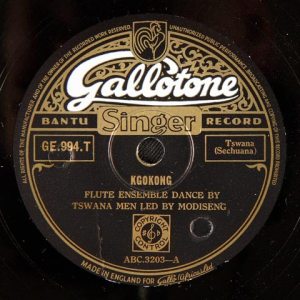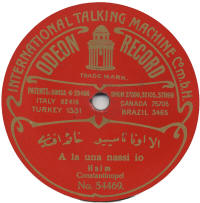While he was stuck in traffic in early 2000, the physicist Carl Haber heard the drummer and world music enthusiast Mickey Hart on the radio talking about the dire need for preserving early recordings of indigenous peoples.
Haber had been working with SmartScope, a machine that analyzes visual information, and his work had been going so well that he had started brainstorming for further uses of this machine. It occurred to him that SmartScope might be able to read these old recordings without touching them, thereby removing the likelihood of irrevocably damaging them by playing them.
The idea worked, and Haber went on to facilitate the preservation of recordings in repositories such as the Library of Congress, and to participate in the repatriation of historical recordings to Native Americans and other ethnic groups, allowing them to hear the voices of their ancestors.
This according to “A voice from the past: How a physicist resurrected the earliest recordings” by Alec Wilkinson (The New Yorker XC/13 [19 May 2014], pp. 50–57). Below, Dr. Haber and his technological innovations.
Related articles















